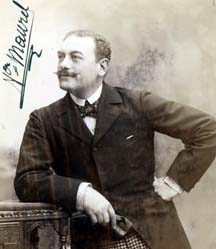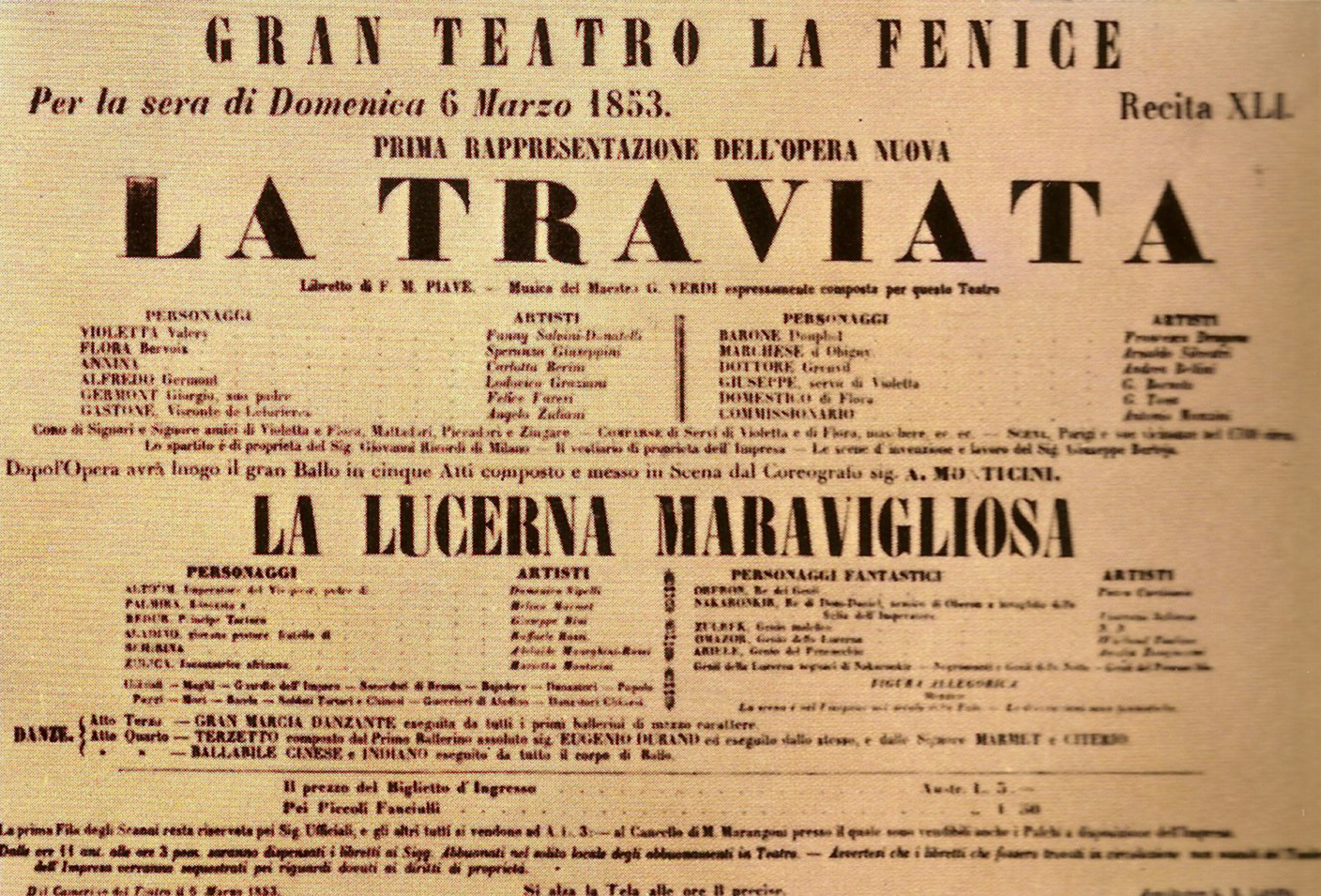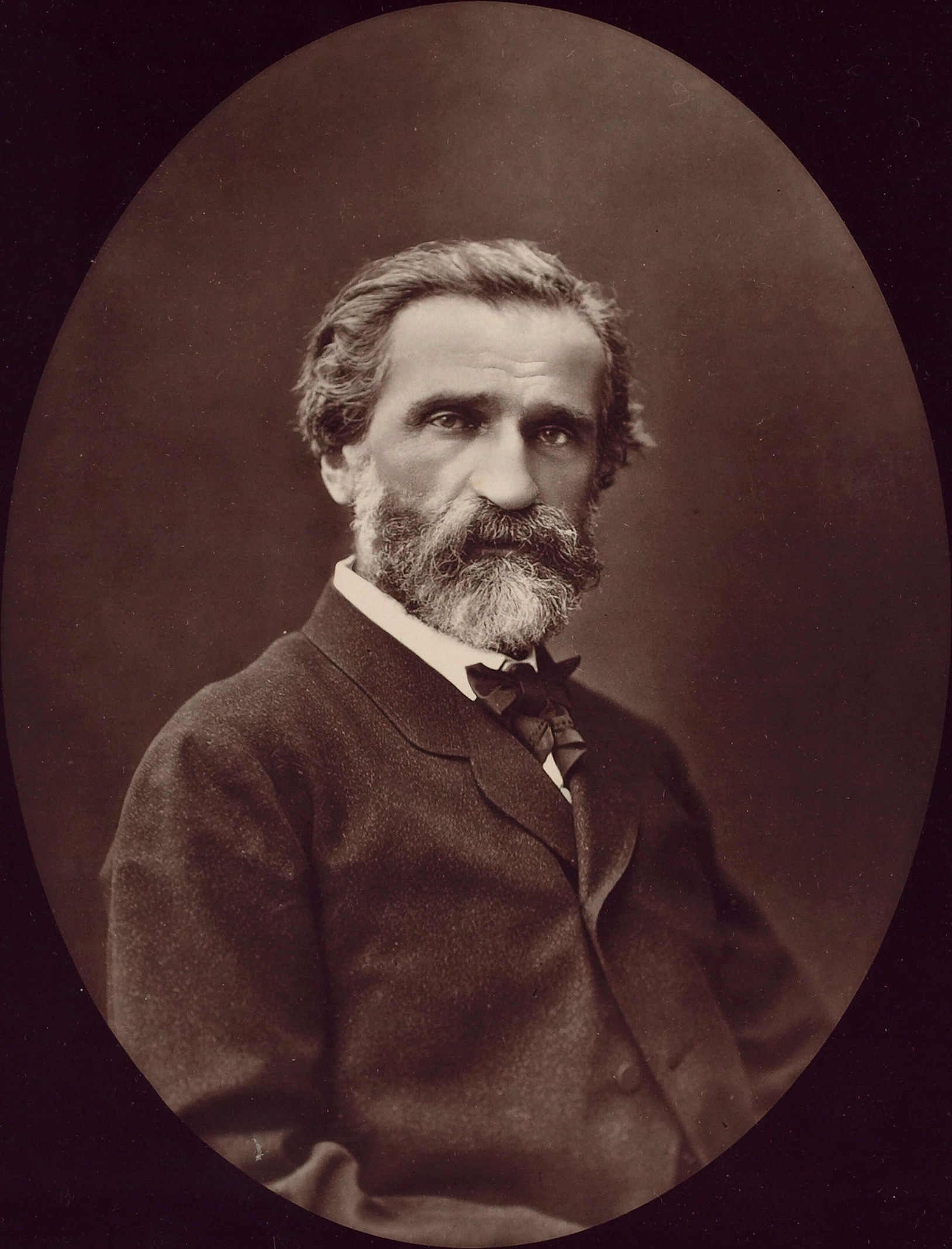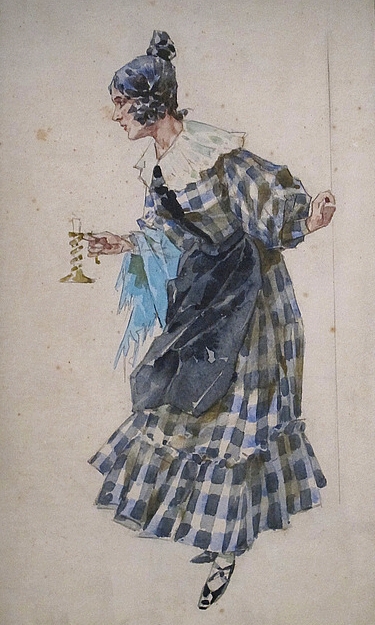|
Mariana Nicolesco
Mariana Nicolesco ( or ; 28 November 1948 – 14 October 2022) was a Romanian operatic soprano who had an international career after she studied in Rome on a scholarship. She was a regular performer at La Scala in Milan where she performed Baroque opera such as Euridice in Rossi's '' Orfeo'', Mozart roles such as Cinna in ''Lucio Silla'' in 1984, and contemporary including the world premiere of Luciano Berio's ''La Vera Storia'' in 1982. Career Born in Găujani, Giurgiu County, Nicolesco studied violin at the Music High School in Brașov, graduating playing Bruch's Violin Concerto. She then turned to voice studies at the Music Conservatory in Cluj-Napoca, before winning a scholarship at the Conservatorio di Santa Cecilia in Rome to be taught canto by Jolanda Magnoni; she also worked with Rodolfo Celletti and Elisabeth Schwarzkopf. In 1972, she graduated and won the Voci Rossiniane competition in Milan, which launched an international career. American conductor Thomas Schipp ... [...More Info...] [...Related Items...] OR: [Wikipedia] [Google] [Baidu] |
Găujani
Găujani is a commune located in Giurgiu County, Muntenia, Romania. It is composed of three villages: Cetățuia, Găujani, and Pietrișu. The commune is located in the southwestern extremity of the county, on the left bank of the Danube. It lies on the border with Teleorman County and on the border with the Ruse Province of Bulgaria. Găujani is crossed by the national road, which connects the county seat, Giurgiu, to the northeast, to Zimnicea, to the west. Natives * Mariana Nicolesco Mariana Nicolesco ( or ; 28 November 1948 – 14 October 2022) was a Romanian operatic soprano who had an international career after she studied in Rome on a scholarship. She was a regular performer at La Scala in Milan where she performed Bar ... (1948–2022), operatic soprano References Communes in Giurgiu County Localities in Muntenia Populated places on the Danube {{Giurgiu-geo-stub ... [...More Info...] [...Related Items...] OR: [Wikipedia] [Google] [Baidu] |
Elisabeth Schwarzkopf
Dame Olga Maria Elisabeth Friederike Schwarzkopf, (9 December 19153 August 2006) was a German-born Austro-British soprano. She was among the foremost singers of lieder, and is renowned for her performances of Viennese operetta, as well as the operas of Mozart, Wagner and Richard Strauss. After retiring from the stage, she was a voice teacher internationally. She is considered one of the greatest sopranos of the 20th century. Early life Schwarzkopf was born on 9 December 1915 in Jarotschin in the Province of Posen in Prussia, Germany (now Poland) to Friedrich Schwarzkopf and his wife, Elisabeth (). Schwarzkopf performed in her first opera in 1928, as Eurydice in a school production of Gluck's ''Orfeo ed Euridice'' in Magdeburg, Germany. In 1934, Schwarzkopf began her musical studies at the Berlin Hochschule für Musik, where her singing tutor, Lula Mysz-Gmeiner, attempted to train her to be a mezzo-soprano. Schwarzkopf later trained under Maria Ivogün, and in 1938 joined the De ... [...More Info...] [...Related Items...] OR: [Wikipedia] [Google] [Baidu] |
Rigoletto
''Rigoletto'' is an opera in three acts by Giuseppe Verdi. The Italian libretto was written by Francesco Maria Piave based on the 1832 play ''Le roi s'amuse'' by Victor Hugo. Despite serious initial problems with the Austrian censors who had control over northern Italian theatres at the time, the opera had a triumphant premiere at La Fenice in Venice on 11 March 1851. The work, Verdi's sixteenth in the genre, is widely considered to be the first of the operatic masterpieces of Verdi's middle-to-late career. Its tragic story revolves around the licentious Duke of Mantua, his hunch-backed court jester Rigoletto, and Rigoletto's daughter Gilda. The opera's original title, ''La maledizione'' (The Curse), refers to a curse placed on both the Duke and Rigoletto by a courtier whose daughter the Duke has seduced with Rigoletto's encouragement. The curse comes to fruition when Gilda falls in love with the Duke and sacrifices her life to save him from the assassin hired by her father. Comp ... [...More Info...] [...Related Items...] OR: [Wikipedia] [Google] [Baidu] |
Pagliacci
''Pagliacci'' (; literal translation, "Clowns") is an Italian opera in a prologue and two acts, with music and libretto by Ruggero Leoncavallo. The opera tells the tale of Canio, actor and leader of a commedia dell'arte theatrical company, who murders his wife Nedda and her lover Silvio on stage during a performance. ''Pagliacci'' premiered at the Teatro Dal Verme in Milan on 21 May 1892, conducted by Arturo Toscanini, with Adelina Stehle as Nedda, Fiorello Giraud as Canio, Victor Maurel as Tonio, and Mario Ancona as Silvio. Soon after its Italian premiere, the opera played in London (with Nellie Melba as Nedda) and in New York (on 15 June 1893, with Agostino Montegriffo as Canio). ''Pagliacci'' is the composer's only opera that is still widely performed. ''Pagliacci'' is often staged with '' Cavalleria rusticana'' by Pietro Mascagni, a double bill known colloquially as "Cav and Pag". Origin and disputes Leoncavallo was a little-known composer when Pietro Mascagni's '' Cav ... [...More Info...] [...Related Items...] OR: [Wikipedia] [Google] [Baidu] |
Metropolitan Opera
The Metropolitan Opera (commonly known as the Met) is an American opera company based in New York City, resident at the Metropolitan Opera House at Lincoln Center, currently situated on the Upper West Side of Manhattan. The company is operated by the non-profit Metropolitan Opera Association, with Peter Gelb as general manager. As of 2018, the company's current music director is Yannick Nézet-Séguin. The Met was founded in 1883 as an alternative to the previously established Academy of Music opera house, and debuted the same year in a new building on 39th and Broadway (now known as the "Old Met"). It moved to the new Lincoln Center location in 1966. The Metropolitan Opera is the largest classical music organization in North America. Until 2019, it presented about 27 different operas each year from late September through May. The operas are presented in a rotating repertory schedule, with up to seven performances of four different works staged each week. Performances ... [...More Info...] [...Related Items...] OR: [Wikipedia] [Google] [Baidu] |
La Traviata
''La traviata'' (; ''The Fallen Woman'') is an opera in three acts by Giuseppe Verdi set to an Italian libretto by Francesco Maria Piave. It is based on '' La Dame aux camélias'' (1852), a play by Alexandre Dumas ''fils'' adapted from his own 1848 novel. The opera was originally titled ''Violetta'', after the main character. It was first performed on 6 March 1853 at La Fenice opera house in Venice. Piave and Verdi wanted to follow Dumas in giving the opera a contemporary setting, but the authorities at La Fenice insisted that it be set in the past, "c. 1700". It was not until the 1880s that the composer's and librettist's original wishes were carried out and " realistic" productions were staged. ''La traviata'' has become immensely popular and is among the most frequently performed of all operas. Composition history For Verdi, the years 1851 to 1853 were filled with operatic activity. First, he had agreed with the librettist Salvadore Cammarano on a subject for what ... [...More Info...] [...Related Items...] OR: [Wikipedia] [Google] [Baidu] |
Maggio Musicale Fiorentino
The Maggio Musicale Fiorentino (English: Florence Musical May) is an annual Italian arts festival in Florence, including a notable opera festival, under the auspices of the Opera di Firenze. The festival occurs between late April into June annually, typically with four operas. History In April 1933, on 's idea, Vittorio Gui founded the festival, with the aim of presenting contemporary and forgotten operas in visually dramatic productions. It was the first music festival in Italy and the oldest in Europe after the Salzburg Festival. The first opera presented was Verdi's early ''Nabucco'', his early operas then being rarely staged. The first festival's success, which included two performances of Spontini's '' La Vestale'' with Rosa Ponselle, led to it becoming a biennial event in 1937 with the presentation of nine operas. After 1937, it became an annual festival, except during World War II. Performances took place in the Teatro Comunale and Piccolo Teatro, plus the Teatro della ... [...More Info...] [...Related Items...] OR: [Wikipedia] [Google] [Baidu] |
Cotidianul
The logo used between 2003 and 2007 ''Cotidianul'' (meaning ''The Daily'' in English) is a Romanian language newspaper published in Bucharest, Romania. History and profile Founded by Ion Raţiu, ''Cotidianul'' was first published on 10 May 1991 and was the first privately held newspaper in Romania following the Romanian Revolution of 1989. The paper had its headquarters in Bucharest. It was published Monday to Saturday in Berliner format. ''Cotidianul'' ceased print publication on 23 December 2009 due to financial difficulties, but remains active as an online news source. The owners announced the closure was temporary due to insolvency, but no buyers was found. Since November 2016, the newspaper appears again in print. Notable contributors *Cătălin Avramescu * Doru Buşcu * Adrian Cioroianu *Mirela Corlăţan *Răzvan Dumitrescu *Eugen Istodor *Ioan T. Morar * Octavian Paler * Magdalena Popa Buluc * Ovidiu Pecican *Andrei Marga * Jean-Lorin Sterian * Liviu Ioan Stoiciu * ... [...More Info...] [...Related Items...] OR: [Wikipedia] [Google] [Baidu] |
Teatro Dell'Opera Di Roma
The Teatro dell'Opera di Roma (Rome Opera House) is an opera house in Rome, Italy. Originally opened in November 1880 as the 2,212 seat ''Costanzi Theatre'', it has undergone several changes of name as well modifications and improvements. The present house seats 1,600. Original Teatro Costanzi: 1880 to 1926 The Teatro dell'Opera was originally known as the ''Teatro Costanzi'' after the contractor who built it, (1819–1898). It was financed by Costanzi, who commissioned the Milanese architect Achille Sfondrini (1836–1900), a specialist in the building and renovation of theatres. The opera house was built in eighteen months, on the site where the house of Heliogabalus stood in ancient times, and was inaugurated on 27 November 1880 with a performance of '' Semiramide'' by Gioachino Rossini. Designing the theatre, Sfondrini paid particular attention to the acoustics, conceiving the interior structure as a "resonance chamber", as is evident from the horseshoe shape in particula ... [...More Info...] [...Related Items...] OR: [Wikipedia] [Google] [Baidu] |
Don Carlos
''Don Carlos'' is a five-act grand opera composed by Giuseppe Verdi to a French-language libretto by Joseph Méry and Camille du Locle, based on the dramatic play '' Don Carlos, Infant von Spanien'' (''Don Carlos, Infante of Spain'') by Friedrich Schiller. In addition, several incidents, of which the Forest of Fontainebleau scene and '' auto-da-fé'' were the most substantial, were borrowed from Eugène Cormon's 1846 play ''Philippe II, Roi d'Espagne''. The opera is most often performed in Italian translation, usually under the title ''Don Carlo''. The opera's story is based on conflicts in the life of Carlos, Prince of Asturias (1545–1568). Though he was betrothed to Elisabeth of Valois, part of the peace treaty ending the Italian War of 1551–59 between the Houses of Habsburg and Valois demanded that she be married instead to his father Philip II of Spain. It was commissioned and produced by the Théâtre Impérial de l'Opéra (Paris Opera) and given its premiere a ... [...More Info...] [...Related Items...] OR: [Wikipedia] [Google] [Baidu] |
Luchino Visconti
Luchino Visconti di Modrone, Count of Lonate Pozzolo (; 2 November 1906 – 17 March 1976) was an Italian filmmaker, stage director, and screenwriter. A major figure of Italian art and culture in the mid-20th century, Visconti was one of the fathers of Italian neorealism, cinematic neorealism, but later moved towards luxurious, sweeping epics dealing with themes of beauty, decadence, death, and European history, especially the decay of the nobility and the bourgeoisie. He was the recipient of many accolades, including the Palme d'Or and the Golden Lion, and many of his works are regarded as highly-influential to future generations of filmmakers. Born to a Milanese noble family, Visconti explored artistic proclivities from an early age, working as an assistant director to Jean Renoir. His 1943 directorial debut, ''Ossessione,'' was condemned by the Fascist Italy (1922–1943), Fascist regime for its unvarnished depictions of working-class characters resorting to criminality, but i ... [...More Info...] [...Related Items...] OR: [Wikipedia] [Google] [Baidu] |
La Bohème
''La bohème'' (; ) is an opera in four acts,Puccini called the divisions '' quadri'', '' tableaux'' or "images", rather than ''atti'' (acts). composed by Giacomo Puccini between 1893 and 1895 to an Italian libretto by Luigi Illica and Giuseppe Giacosa, based on ''Scènes de la vie de bohème'' (1851) by Henri Murger. The story is set in Paris around 1830 and shows the Bohemian lifestyle (known in French as "") of a poor seamstress and her artist friends. The world premiere of ''La bohème'' was in Turin on 1 February 1896 at the Teatro Regio, conducted by the 28-year-old Arturo Toscanini. Since then, ''La bohème'' has become part of the standard Italian opera repertory and is one of the most frequently performed operas worldwide. In 1946, fifty years after the opera's premiere, Toscanini conducted a commemorative performance of it on radio with the NBC Symphony Orchestra. A recording of the performance was later released by RCA Victor on vinyl record, tape and compac ... [...More Info...] [...Related Items...] OR: [Wikipedia] [Google] [Baidu] |







